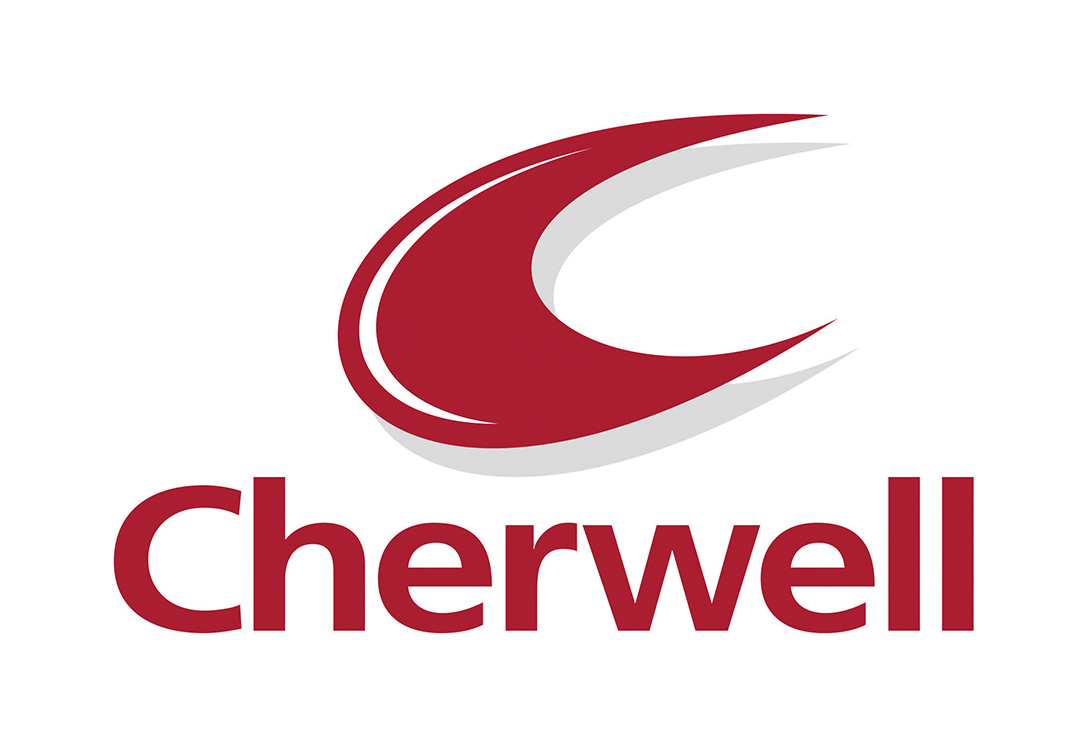 Add My Company
Add My Company
Sign In

The revised EU GMP Annex 1 guidelines for manufacture of sterile medicinal products may still be some way off publication, but the latest draft revision offers highly relevant information that can be used to improve compliance and reduce risks.
Hospital pharmacy aseptic units may not produce the same large-scale batches of medicines as large pharmaceutical compounders, but the new revision will apply equally to them. The definition of the scope of the document in the draft text says that the principles of the guidance for contamination control and monitoring can also be applied to non-sterile manufacturing. Therefore, a pharmacy with a specials license for dosage forms such as modifying tablets into a syrup for children, might be expected to consider this text.
Even more reason to take measures now, in order to ensure full compliance once the updated revision is published.
Pharmacies might be under increased scrutiny after NECC 2012
These environments carry an enormous responsibility. Their level of criticality is as high as the large-scale pharma corporations, but arguably carry greater risk due to fewer resources and frequent changes of product. The extreme consequence of risk was shown in the horrific 2012 story of the New England Compounding Center (NECC) pharmacy fungal meningitis outbreak.
The NECC’s facilities were investigated and closed by FDA inspectors, with unsanitary practices and contaminated vials confirming the reasons for the outbreak. Several people linked with the pharmacy are now incarcerated in US Federal prison.
This high-profile case demonstrated starkly both the tragic loss of life and professional consequences that can result from a poorly monitored pharmacy environment.
It must also be remembered that even in well run aseptic units in the UK and Europe there have been occasional tragedies linked to contaminated parenteral medicines.
Hospital pharmacies are feeling the pressure to minimise risk
The NHS is under incredible pressure to ensure that all hospital pharmacies, the staff and the equipment, remain operational at the highest performance levels of hygiene and safety, regardless of funding concerns or the increasing patient numbers. Most important are those areas identified for aseptic manufacture.
Hospital pharmacies represent an environment where the aseptic unit is likely to have much less secure separation from the outside, being directly linked to the hospital with potential airborne pathogens brought in by countless staff, patients and their visitors, than an industrial manufacturing facility. Inside the cleanroom, the human operator, the compounding equipment, packaging and products are all considered risks of contamination. EM solutions are critical in measuring, understanding and monitoring this risk. These environments are challenging to monitor and will require a variety of methods such as:
Surface sampling
Air sampling
Personnel sampling
Viable monitoring- test for bacteria, yeast and mould and determine how much is present. Monitor you personnel, air and area surface for microbial contamination
Non-viable monitoring – a reference for particle counts measured by a laser counter
Why this multi-level EM approach is the best option?
Regardless of the final detail the latest GMP Annex 1 revision for sterile manufacture contains, there will be requirements for multiple levels of monitoring. Adopting such an approach now, ahead of time, gives all staff the opportunity to adjust to any new protocols and learn how to use any new equipment.
An audit of your current processes and equipment is the right place to start. All aseptic areas must be provably safe and sterile products should be stored and carefully monitored, especially if they have a shorter shelf life. In a hospital pharmacy environment, your activities are in a close vicinity to the patients. This means your facility is not only held to the standard of the GMP and various industry regulations but also health and safety regulations. Containment and preventing cross contamination must also be considered.
Your EM solution must provide you with insights, data and critical information on the quality and standard of your aseptic environment. In a hospital pharmacy environment, the data and information you collect from your EM program must drive your operations and how you continuously strive for compliance safety and excellence in your facility. A comprehensive EM program is essential to safeguard against releasing contaminated products, as it provides you with the ability to prevent future contaminations, identify weaknesses in your facility and revise your methods of prevention.
Once you have completed your audit and you have documented areas of potential weakness, you are able to plan your EU GMP Annex 1 2017 compliant EM program. One size does not fit all, so take time selecting the right equipment and supplier for your EM plan, to get the best results for your organisation.
For more information on Should hospital pharmacies review their environmental monitoring? talk to Cherwell Laboratories Ltd
Enquire Now
More News/Blogs
List your company on FindTheNeedle.

